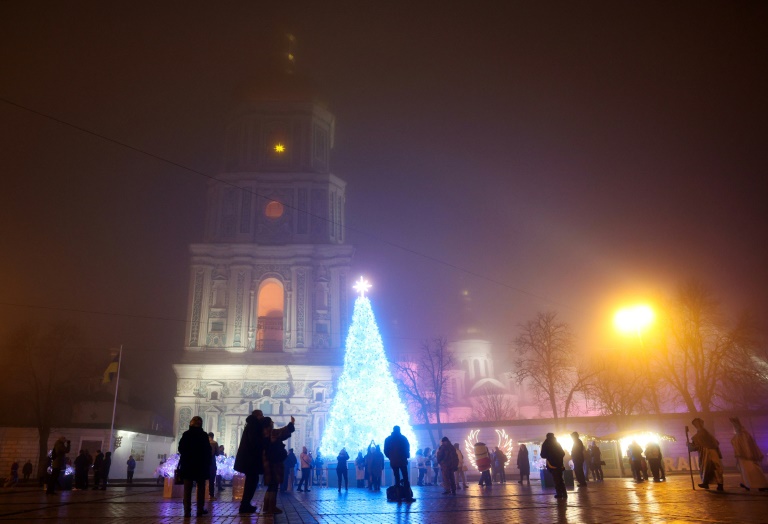- The earth’s tectonic plates move constantly.
- This constancy of movement is the trigger behind earthquakes and volcanic eruptions.
- It’s the same reason why Mt Everest is still growing 10 mm per year.
People everywhere are spellbound by the shaking of the ground. What’s even more fascinating is that earthquakes are a common occurrence.
Here’s one interesting fact: about 20,000 earthquakes are located around the globe each year — or approximately 55 per day — according to the National Earthquake Information Centre, under the US Geological Service (USGS).
A higher estimate, however, states that about 500,000 detectable earthquakes happen each year — 100,000 of those can be felt — and about 100 of them cause damage.
What causes earthquakes?
It goes back to tectonic plates: they are always moving, albeit only slowly, but do get stuck at their edges due to friction. Earthquakes occur due to a sudden slip on a fault — or a sudden release of stress along faults — in the earth’s crust.
As these plates continue to move, it leads to a steady build-up of pressure in the rock strata on both sides of a fault — until the stress becomes so great that it is released in a sudden, jerky movement.
An earthquake releases energy in “waves”, measured using the Richter scale. These waves travel through the earth’s crust and cause the shaking that we feel.
Why is the Pacific Rim called the ‘Ring of Fire’?
The “Pacific Ring of Fire” is near the “earthquake belt” — so called because more than 80 per cent of the total of about 1,450 active volcanoes are concentrated in this region.
It’s also known as the “Rim of Fire”, where volcanic eruptions and earthquakes occur regularly.
Among these are 40 active volcanoes in the Andes (South America), nearly 300 in the Philippines (most of them dormant or extinct), 70 in Indonesia and 40 in Japan.
 The Pacific Ocean floor forms a massive plate, which also includes the western side of the Americas.
The Pacific Plate “grinds” northwestward past the North American Plate at a rate of about two inches per year.
The Pacific Ocean floor forms a massive plate, which also includes the western side of the Americas.
The Pacific Plate “grinds” northwestward past the North American Plate at a rate of about two inches per year.
Parts of the San Andreas Fault system adapt to this movement by constant “creep” resulting in many tiny shocks and a few moderate earth tremors.
WHAT ARE THE COUNTRIES WITHIN THIS ‘RING’?
This Pacific Ring of Fire covers the continents of Antarctica, South America, North America, Asia and the islands on the southwest Pacific Ocean. The countries | and territories include:
Argentina
Bolivia
Chile
Colombia
Ecuador
Peru
Panama
Costa Rica
Nicaragua
Honduras
El Salvador
Guatemala
Mexico
United States
Canada
Russia
Japan
Taiwan
Philippines
Indonesia
Papua New Guinea
Solomon Islands
Vanuatu
Fiji
Samoa
Tonga
New Zealand
Why isn’t there an “Atlantic Ring of Fire”, or around other oceans?
The “Pacific Ring of Fire” is a vast area, the largest ocean in the world. This rim sees active plate tectonic movements and collisions of “lithospheric” — oceanic crust with part of the upper mantle — plates.
It is through this constant movement of tectonic plates, that oceanic trenches, earthquakes, mountains and volcanoes arise.
Compared to the Pacific, however, things are much quieter in the Atlantic. While the Mid-Atlantic Ridge (which has formed Iceland) is the third most prominent earthquake belt, the Atlantic’s oceanic lithospheric plate has not begun to sink along the margins — yet, according to science site phys.org.
One estimate states that it would take another 20 million years before the continents around the Atlantic would develop active continental margins — enough to produce more earthquakes and kick up volcanic eruptions.
How do tectonic plate collisions create volcanoes and quakes?
As tectonic plates collide, the impact can be either of the two scenarios:
- The edges of one or both plates can buckle up into a mountain range;
- One of the plates may bend down into a deep seafloor trench.
A “chain” of volcanoes often forms parallel to convergent plate boundaries, and powerful earthquakes are common along these boundaries.
About 80 per cent of volcanoes occur along subduction zones, and 15 percent occur along rift zones. That’s when the “real” fully-active subduction zones will be formed.
How many volcanoes are there in the world?
Currently, there are about 1,450 known active or potentially active volcanoes around the world. This does not include the continuous belts of volcanoes on the ocean floor at places like the Mid-Atlantic Ridge. More than 3 out of 10 volcanoes — about 500 of 1,450 — have erupted in historical time.
What do volcanoes have to do with earthquakes?
They are both caused by the earth’s tectonic plate movements, which results in heat and energy releasing from the Earth’s core. Earthquakes can trigger volcanic eruptions through tectonic plate movements. Similarly, volcanoes can trigger earthquakes through the movement of magma within a volcano.
Mt Pinatubo, the second-largest volcanic eruption of the 20th century, is on the island of Luzon in the Philippines, an hour by car from Manila. About 800 people were killed and 100,000 became homeless when it erupted in 1991.
The events of the 1991 Mount Pinatubo eruption began in July 1990, when a magnitude 7.8 earthquake occurred 100 kilometers (62 miles) northeast of the volcano’s region, and was determined to result in its “reawakening”.




















Discussion about this post